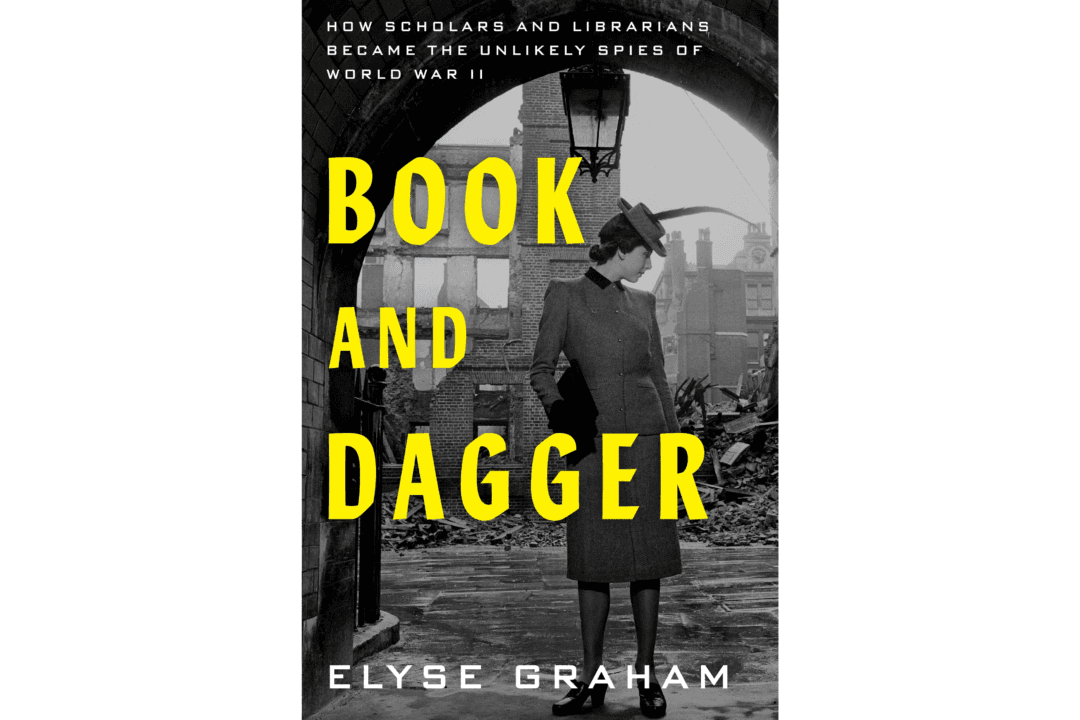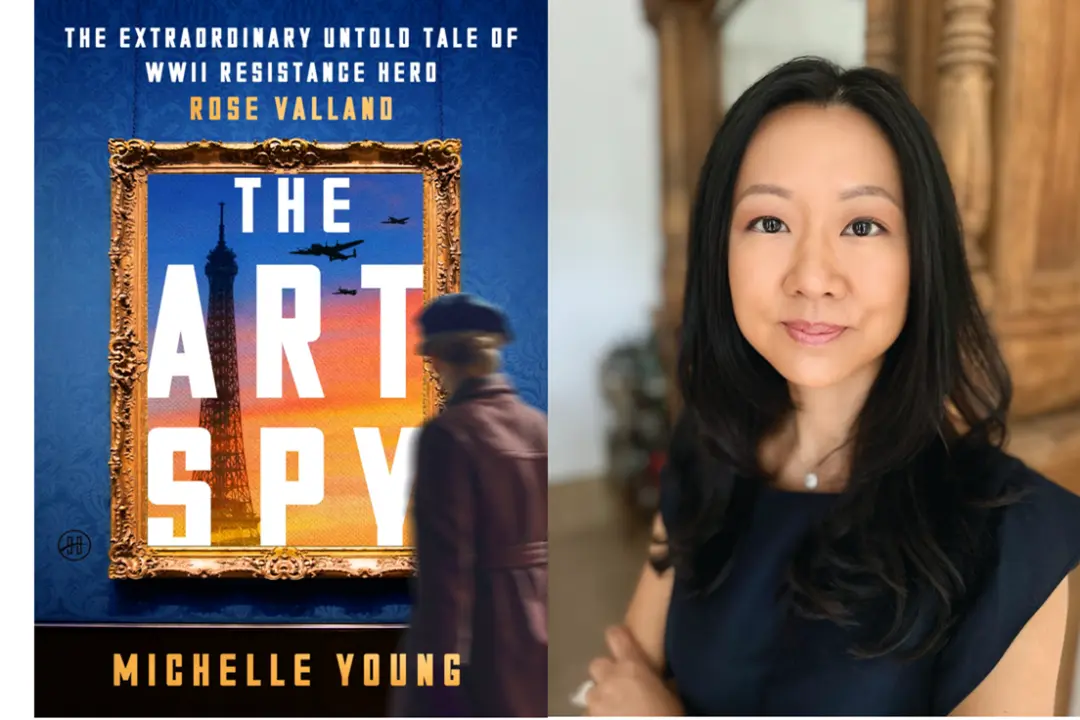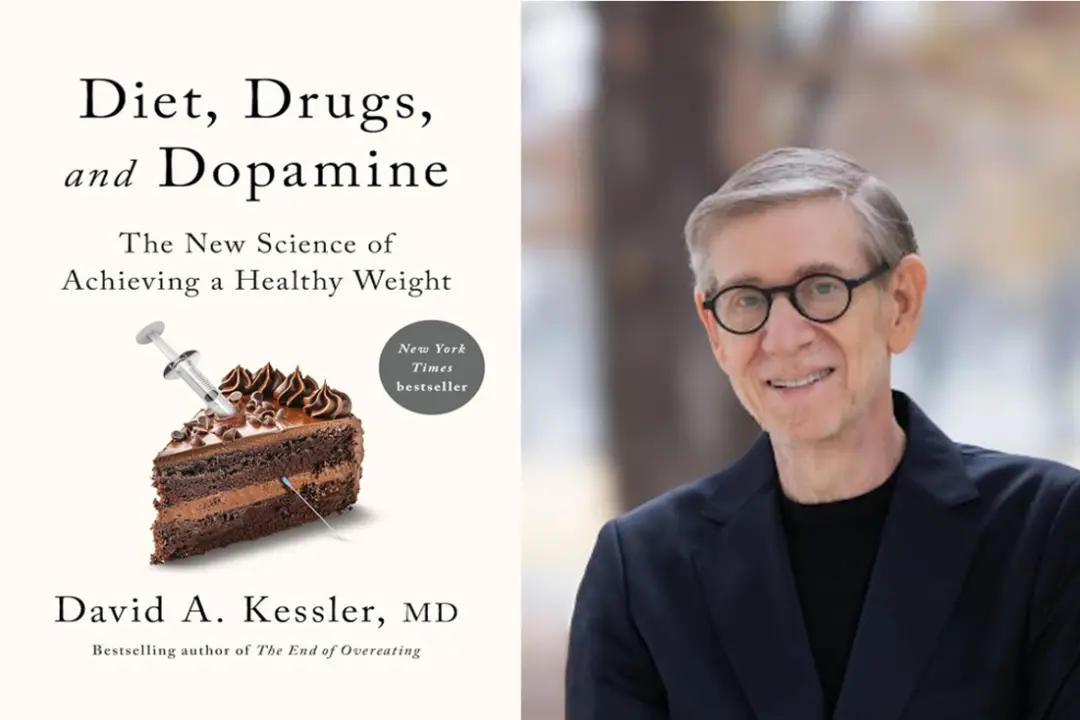The attack on Pearl Harbor was due to a serious lack of military intelligence, says historian and professor Elyse Graham in her book, “Book and Dagger: How Scholars and Librarians Became the Unlikely Spies of World War II.”
At the time, the United States was far behind in their intelligence-gathering efforts, while Europe had been in the business for decades. In this richly researched and one of the unlikeliest of stories to emerge from World War II, Professor Graham recounts the inspiring true story of how librarians, researchers, and those whose hands would more likely hold a book than a weapon, became spies for the Allies and played an immense part in the winning of WWII. This book, she writes, is “a lesson in the ability of ordinary people to make great changes. Even to help win wars.”





